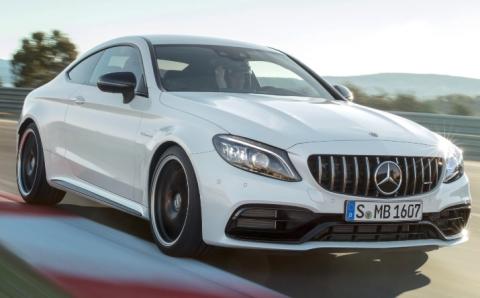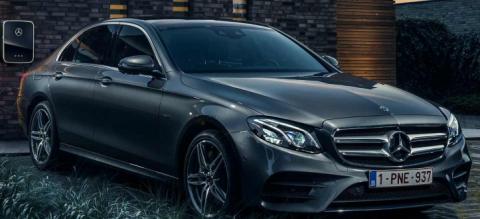The second generation C-Class was introduced in 2000, with a sportier look than the previous generations, with a steeper front-end and shorter rear-end. The styling cues were similar to that of the W220 S-Class. The sedan debuted with a range of straight-four and V6 gasoline engines and straight-four and straight-five Diesels. Most of the engines were carried over from the W202, but the C 320 was exclusive, offering 218 hp, also the C240 now had 2597 cc but output was unchanged at 170 hp. The diesels now featured common rail direct injection and variable geometry turbochargers. Six-speed manual gearboxes were now standard for nearly the entire range (except the C320 and C 270 CDI). For the first time, the number designations were no longer equivalent to the engine displacement, more specifically in the C 180 (2.0 L), C 240 (2.6 L) and C 200 CDI (2.2 L). In 2001, Mercedes increased the range, with the introduction of the new T-Modell station wagon and Sportcoupé. The Sportcoupé was a three-door liftback made to counter the BMW Compact, but like its competitor, it proved unpopular with the younger buyers it was targeted towards, due to high prices compared to the lower entry-level models it was competing against, and unfavorable exchange rates. Although removed from the North American lineup in 2005, it continued on sale in other markets. From October 2000 until 2007, a total of 230000 Sportcoupés were built in the Bremen factory and in Brazil[1]. In Canada, it was replaced...
- Category
- Mercedes E Class








Comments